Home>Gardening & Outdoor>Outdoor Structures>How To Prevent Mold In An Outdoor Shed
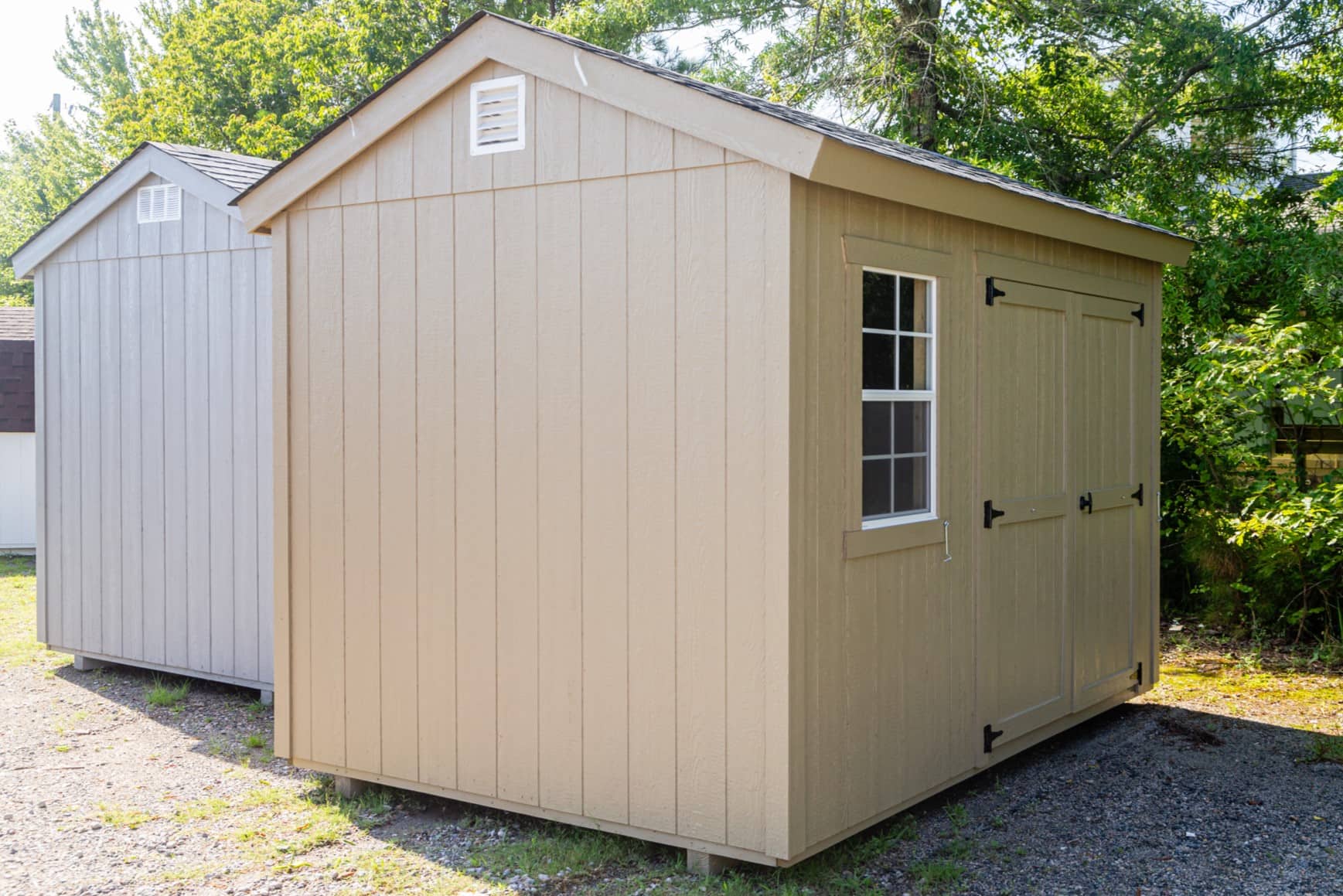

Outdoor Structures
How To Prevent Mold In An Outdoor Shed
Modified: February 18, 2024
Learn how to prevent mold in your outdoor shed with our expert tips and solutions. Protect your outdoor structures from mold and keep them in top condition.
(Many of the links in this article redirect to a specific reviewed product. Your purchase of these products through affiliate links helps to generate commission for Storables.com, at no extra cost. Learn more)
Introduction
When it comes to maintaining an outdoor shed, one of the most common challenges that many people face is dealing with mold. Mold can not only damage the items stored in the shed but also pose potential health risks. Fortunately, with the right knowledge and preventive measures, it is possible to keep mold at bay and ensure that your outdoor shed remains a clean and safe storage space.
In this comprehensive guide, we will delve into the various factors that contribute to mold growth in outdoor sheds and provide practical tips on how to prevent it. By understanding the underlying causes of mold and implementing effective preventive strategies, you can safeguard your outdoor shed and its contents from the detrimental effects of mold infestation.
Join us as we explore the world of outdoor shed maintenance and equip ourselves with the knowledge and tools needed to combat mold effectively. Let's embark on this journey to create a mold-free environment in our outdoor sheds, ensuring that they remain functional, organized, and free from the grasp of this persistent nuisance.
Key Takeaways:
- Keep your outdoor shed mold-free by maintaining good ventilation, controlling moisture, and using mold-resistant materials. Regular cleaning and inspection are key to preventing mold growth and protecting your belongings.
- Implement proactive measures like elevating stored items, utilizing natural light, and controlling exterior drainage to create a mold-resistant environment in your outdoor shed. With vigilance and strategic maintenance, you can enjoy a clean and organized storage space.
Read more: How To Prevent Mold In Outdoor Shed
Understanding Mold
Mold, a type of fungus, thrives in damp, dark, and poorly ventilated environments. It reproduces through lightweight spores that travel through the air and can settle on various surfaces. When these spores encounter the right conditions – moisture, warmth, and organic matter to feed on – they can germinate and grow into visible mold colonies.
One of the key characteristics of mold is its ability to break down and consume organic materials, such as wood, paper, and fabric. This process of decomposition can lead to structural damage and deterioration of the items stored in an outdoor shed. Moreover, mold can release harmful substances known as mycotoxins, which can pose health risks when inhaled or come into contact with the skin.
It’s important to note that mold comes in various colors, including black, green, and white, and can appear fuzzy or slimy depending on the species and the surface it inhabits. While some types of mold are relatively harmless, others can be toxic and should be dealt with promptly and cautiously.
By understanding the nature of mold and its propensity for growth in specific conditions, shed owners can take proactive measures to prevent its occurrence and mitigate its impact. Through vigilance and informed decision-making, we can effectively combat the threat of mold and maintain a clean and healthy environment within our outdoor sheds.
Factors Contributing to Mold Growth in Outdoor Sheds
Mold growth in outdoor sheds can be attributed to a combination of environmental factors and human behaviors. By recognizing these contributing elements, shed owners can gain valuable insights into the root causes of mold infestation and take targeted steps to prevent its proliferation.
- Moisture Accumulation: Outdoor sheds are particularly susceptible to moisture accumulation, especially in regions with high humidity or frequent rainfall. Leaky roofs, inadequate ventilation, and water seepage can create an environment conducive to mold growth. Additionally, condensation can form on surfaces within the shed, providing the moisture necessary for mold spores to germinate and thrive.
- Poor Air Circulation: Inadequate air circulation within a shed can trap moisture and create stagnant pockets of humid air, fostering the ideal conditions for mold to flourish. Without proper ventilation, the air inside the shed remains stagnant, promoting the accumulation of moisture and creating an environment that is highly conducive to mold growth.
- Organic Matter: The presence of organic matter, such as wood, cardboard, and fabric, in outdoor sheds provides a food source for mold. When these materials are exposed to moisture, they become susceptible to mold infestation, as the fungus can feed on the organic components and proliferate rapidly.
- Neglect and Infrequent Use: Sheds that are neglected or infrequently used are more prone to mold growth. Without regular inspection and maintenance, any underlying issues, such as leaks or poor ventilation, may go unnoticed, allowing mold to establish a foothold and spread undetected.
- Poor Shed Construction: Sheds with subpar construction, including inadequate sealing, improper insulation, and flawed design, are more susceptible to mold issues. These structural deficiencies can exacerbate moisture retention and hinder effective ventilation, creating an environment ripe for mold growth.
By identifying and understanding these contributing factors, shed owners can proactively address potential vulnerabilities and implement targeted measures to prevent mold growth. Through a combination of environmental modifications, maintenance practices, and strategic storage solutions, it is possible to create an inhospitable environment for mold and preserve the integrity of outdoor shed spaces.
To prevent mold in an outdoor shed, ensure proper ventilation by installing vents or leaving windows open. Keep the shed clean and dry, and consider using a dehumidifier if necessary.
Tips for Preventing Mold in Outdoor Sheds
Preventing mold in outdoor sheds requires a proactive approach that addresses the underlying factors contributing to mold growth. By implementing a combination of preventive measures, shed owners can create an inhospitable environment for mold and safeguard their storage spaces and belongings. Here are some effective tips for preventing mold in outdoor sheds:
- Maintain Adequate Ventilation: Ensure that your outdoor shed is well-ventilated to prevent the buildup of stagnant, humid air. Consider installing vents or windows to facilitate air circulation and reduce moisture levels within the shed.
- Monitor and Control Moisture: Regularly inspect the shed for signs of moisture accumulation, leaks, or condensation. Address any sources of water intrusion promptly and consider using moisture-absorbing products, such as desiccants or silica gel packets, to control humidity levels.
- Utilize a Dehumidifier: In areas with high humidity, using a dehumidifier can help maintain optimal moisture levels within the shed, inhibiting mold growth and preserving the condition of stored items.
- Organize and Elevate Stored Items: Store items off the ground and ensure adequate airflow around stored belongings to minimize the risk of mold formation. Use shelving or pallets to elevate items and prevent direct contact with potentially damp surfaces.
- Regular Cleaning and Inspection: Implement a routine cleaning schedule for your outdoor shed, removing dust, debris, and any potential sources of mold spores. Regularly inspect stored items and the shed interior for any signs of mold or mildew, addressing any issues promptly.
- Use Mold-Resistant Materials: Consider using mold-resistant paint, sealants, and building materials when constructing or renovating your outdoor shed. These materials can help mitigate the risk of mold growth and enhance the durability of the shed structure.
- Control Exterior Drainage: Ensure that the area surrounding the shed promotes proper drainage to prevent water from pooling near the structure. Proper grading and gutter systems can help redirect water away from the shed, reducing the risk of moisture infiltration.
- Regular Shed Maintenance: Keep the exterior of the shed well-maintained, addressing any structural issues, damaged roofing, or deteriorating seals that could compromise the shed’s resistance to moisture and mold.
- Utilize Natural Light: Maximize natural light exposure within the shed by incorporating windows or skylights. Sunlight can inhibit mold growth and contribute to a drier, less hospitable environment for fungi.
By incorporating these preventive measures into your outdoor shed maintenance routine, you can significantly reduce the risk of mold infestation and create a clean, well-protected storage space for your belongings. Through proactive management of environmental conditions, storage practices, and maintenance efforts, you can enjoy a mold-free outdoor shed that remains functional, organized, and resilient against the threat of mold.
Conclusion
As we conclude our exploration of preventing mold in outdoor sheds, it is evident that a proactive and informed approach is essential for maintaining a clean and mold-free storage space. By understanding the nature of mold, recognizing the contributing factors to its growth, and implementing targeted preventive measures, shed owners can effectively mitigate the risk of mold infestation and preserve the integrity of their outdoor storage structures.
Preventing mold in outdoor sheds requires a multifaceted strategy that encompasses environmental modifications, maintenance practices, and thoughtful storage solutions. From ensuring adequate ventilation and controlling moisture to utilizing mold-resistant materials and implementing regular cleaning and inspection routines, each preventive measure plays a crucial role in creating an inhospitable environment for mold.
It is important for shed owners to remain vigilant and proactive in addressing potential vulnerabilities that could lead to mold growth. By maintaining a consistent shed maintenance routine, promptly addressing any signs of moisture intrusion, and organizing stored items to promote airflow and reduce moisture contact, individuals can significantly reduce the risk of mold infestation and protect their belongings from the damaging effects of mold.
Ultimately, the effort invested in preventing mold in outdoor sheds not only safeguards the physical integrity of the shed and its contents but also contributes to a healthier and more organized storage environment. By embracing these preventive measures and integrating them into regular shed maintenance practices, shed owners can enjoy the peace of mind that comes with a clean, mold-free outdoor storage space.
With a deeper understanding of mold, its growth factors, and effective prevention strategies, shed owners are empowered to create a resilient and mold-resistant environment within their outdoor sheds. By implementing these tips and remaining proactive in addressing potential mold risks, individuals can uphold the functionality, cleanliness, and longevity of their outdoor storage spaces, ensuring that mold remains at bay and their belongings remain well-protected.
Frequently Asked Questions about How To Prevent Mold In An Outdoor Shed
Was this page helpful?
At Storables.com, we guarantee accurate and reliable information. Our content, validated by Expert Board Contributors, is crafted following stringent Editorial Policies. We're committed to providing you with well-researched, expert-backed insights for all your informational needs.



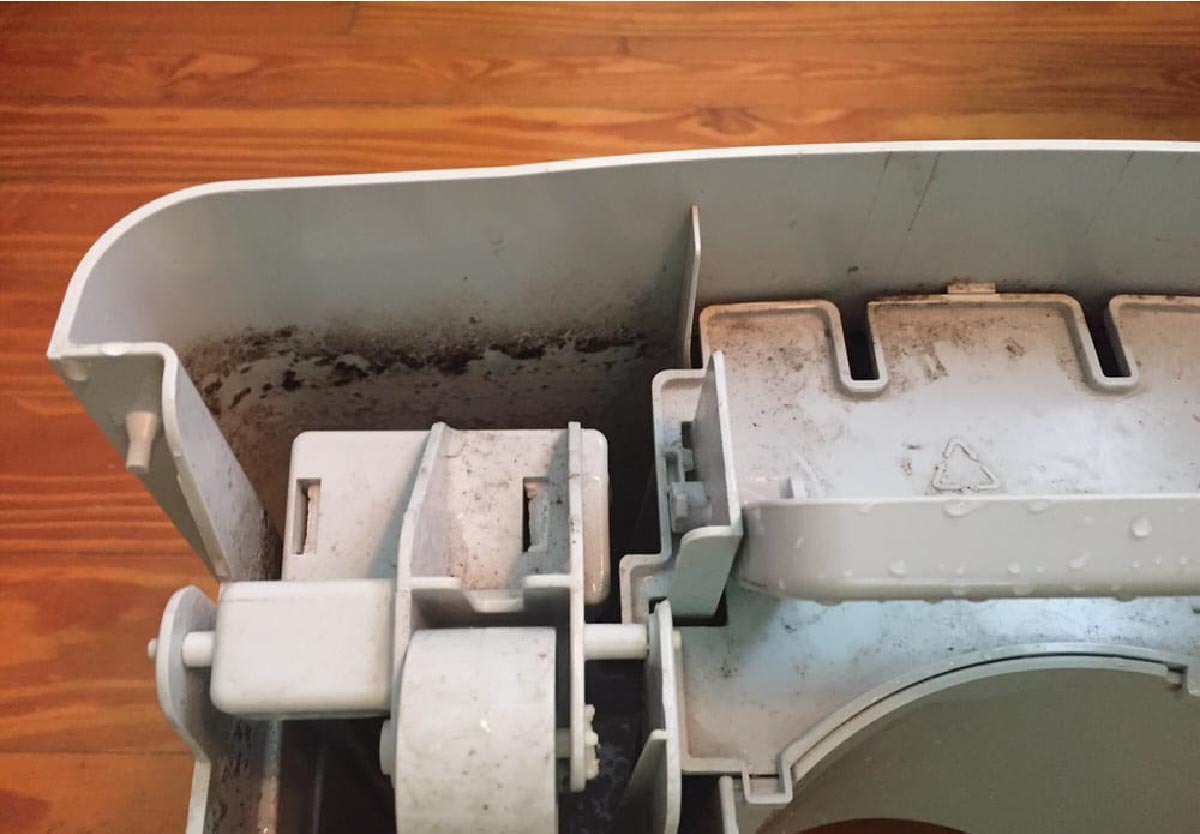
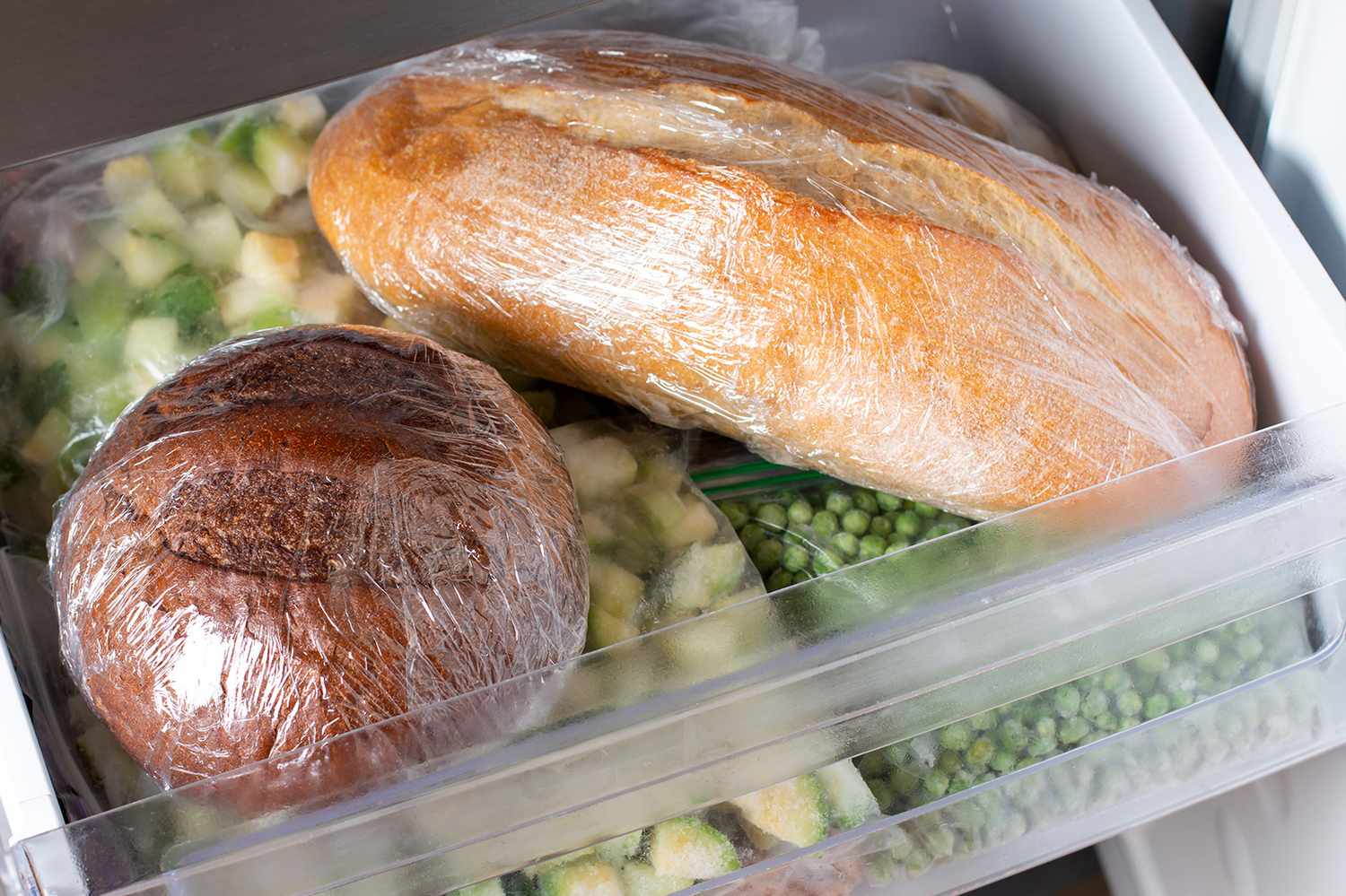

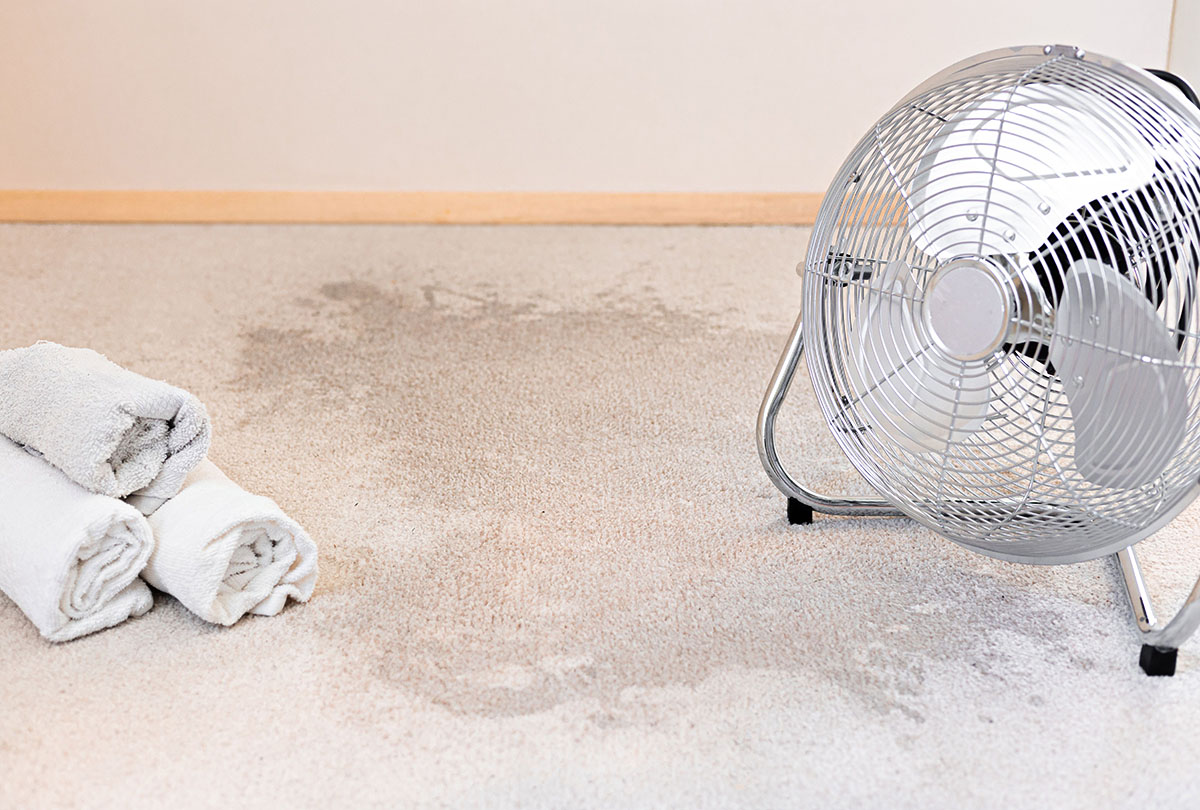
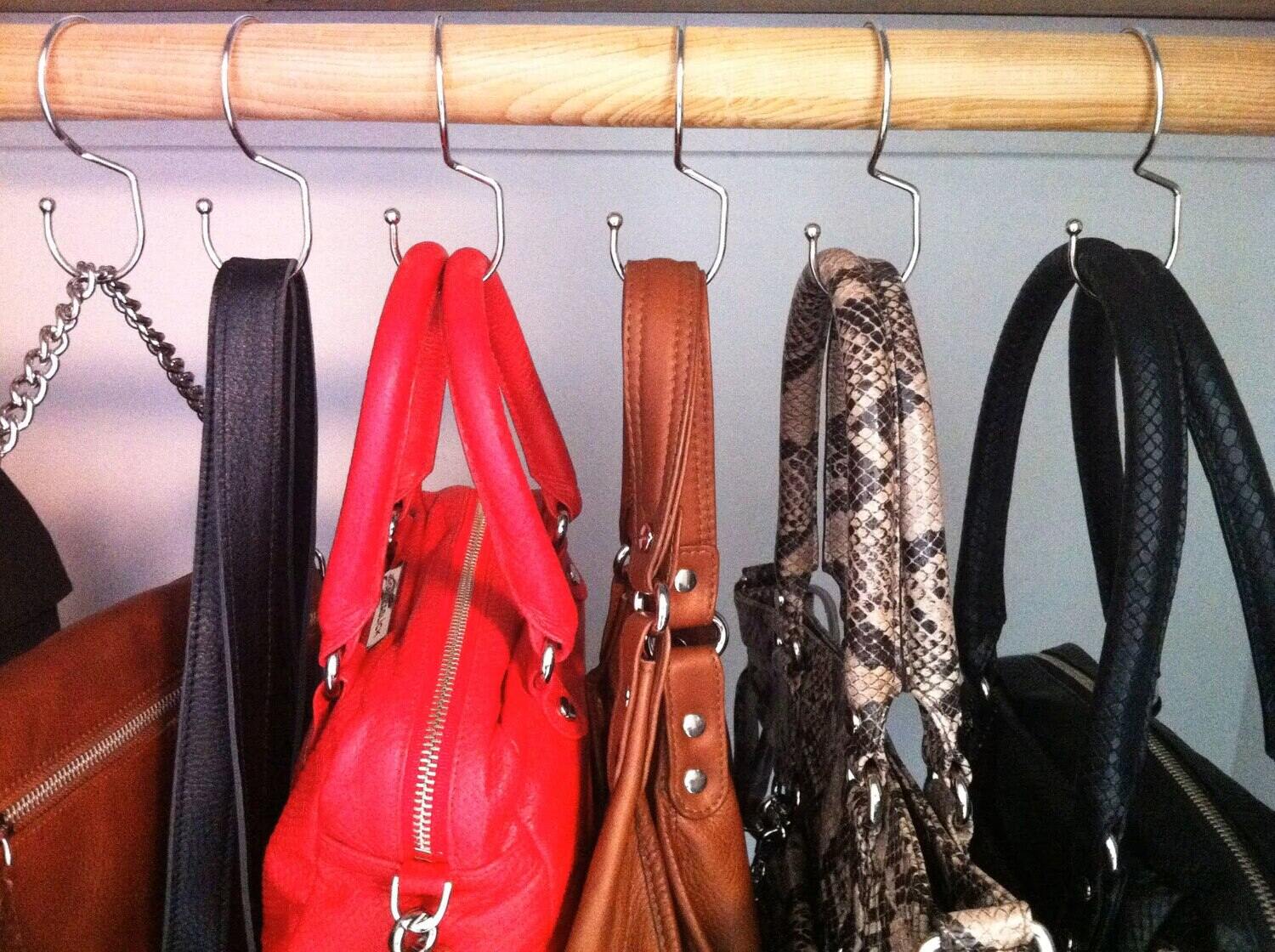
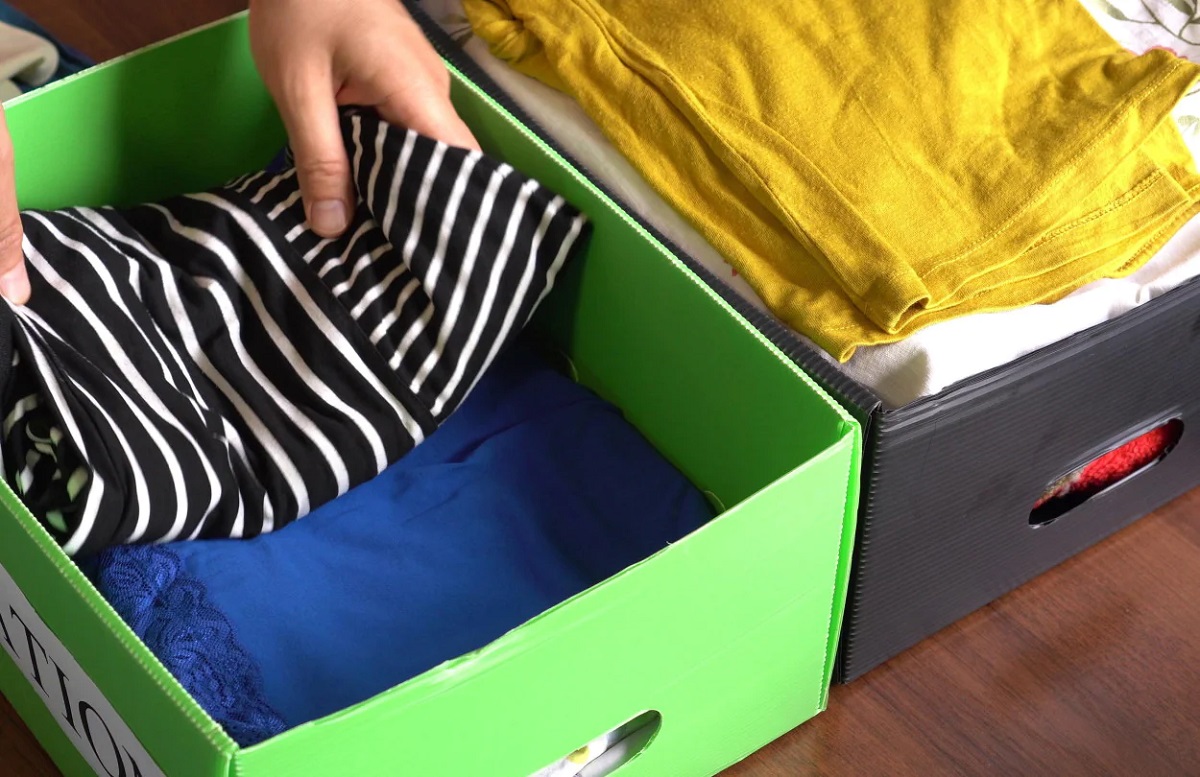
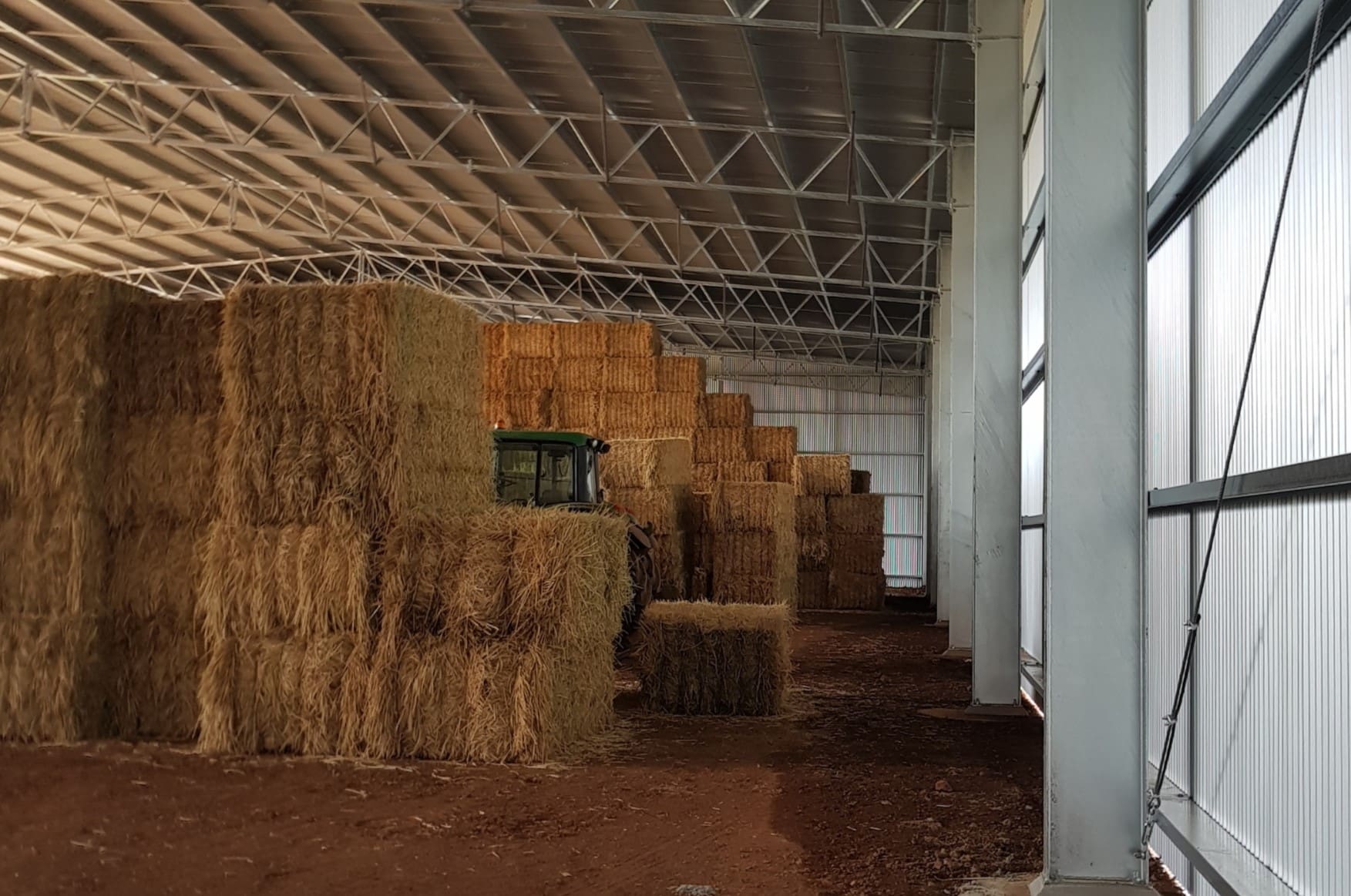
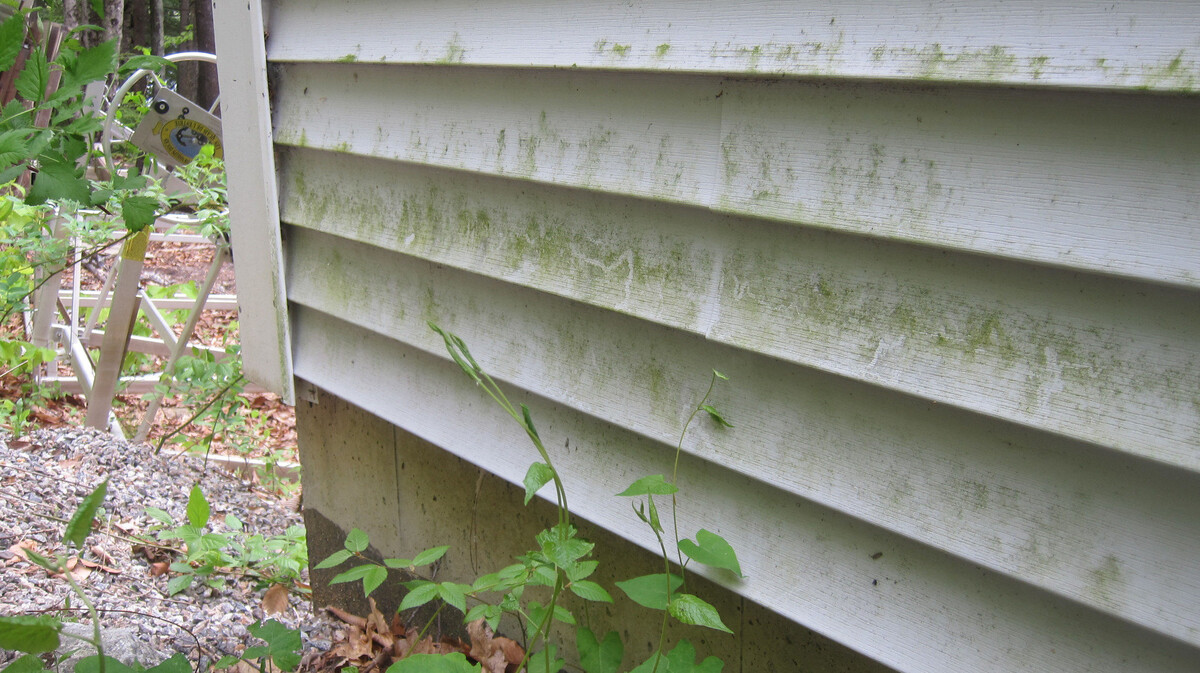
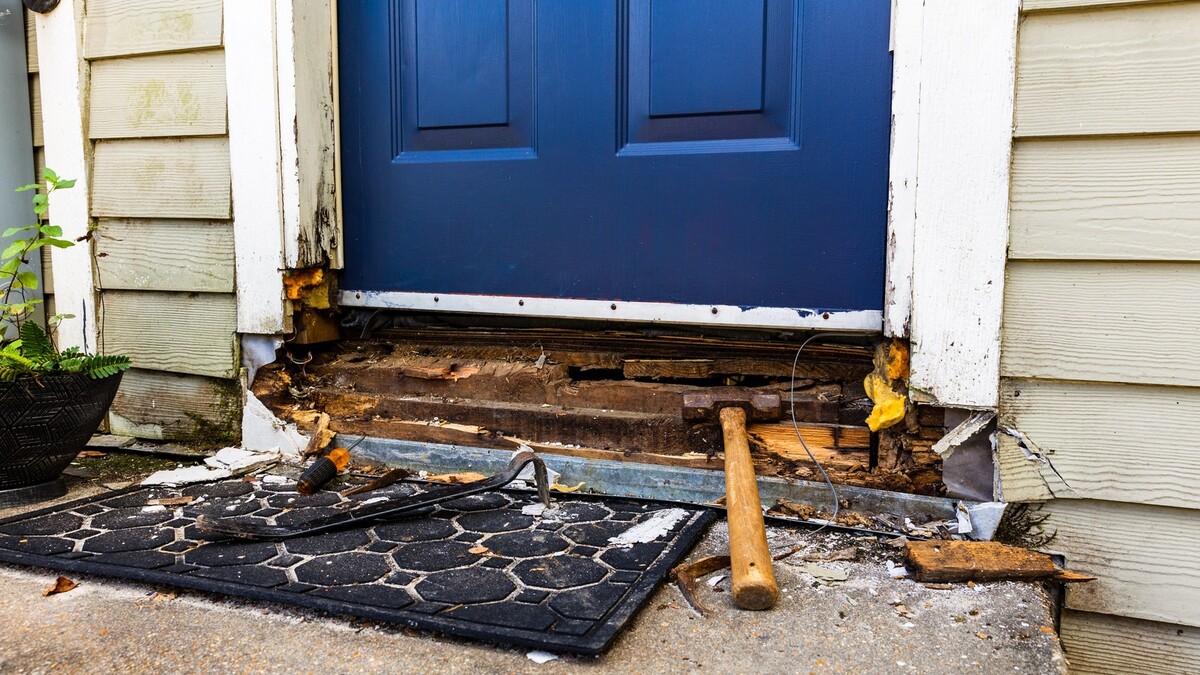
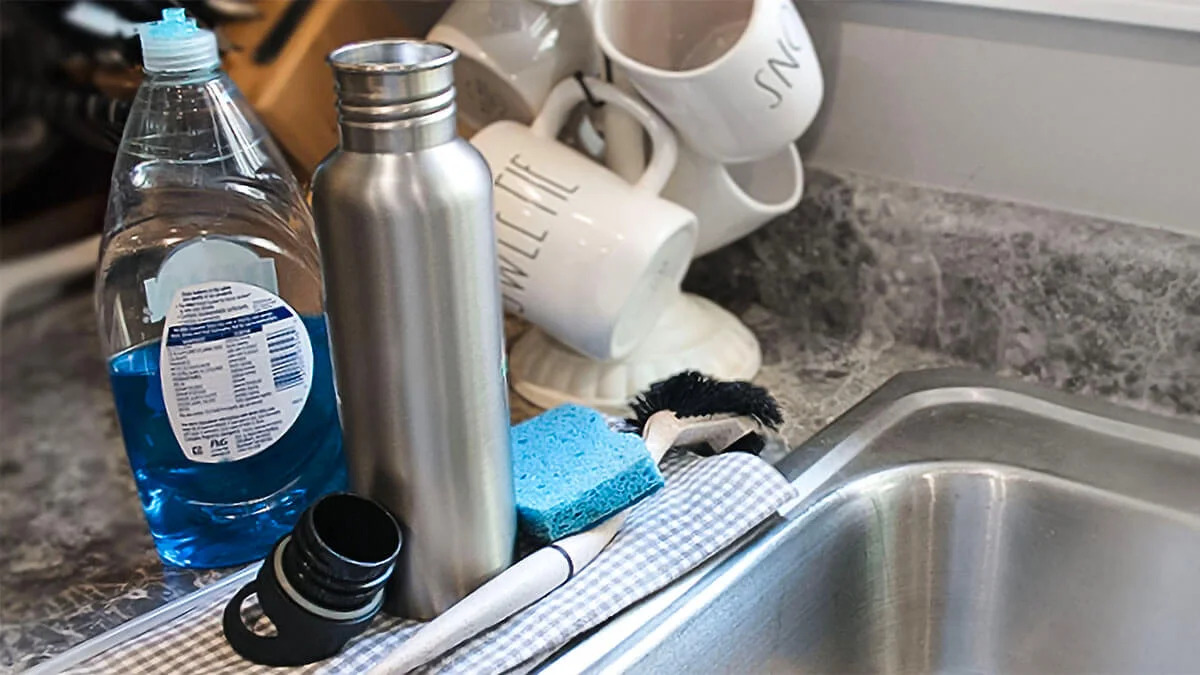
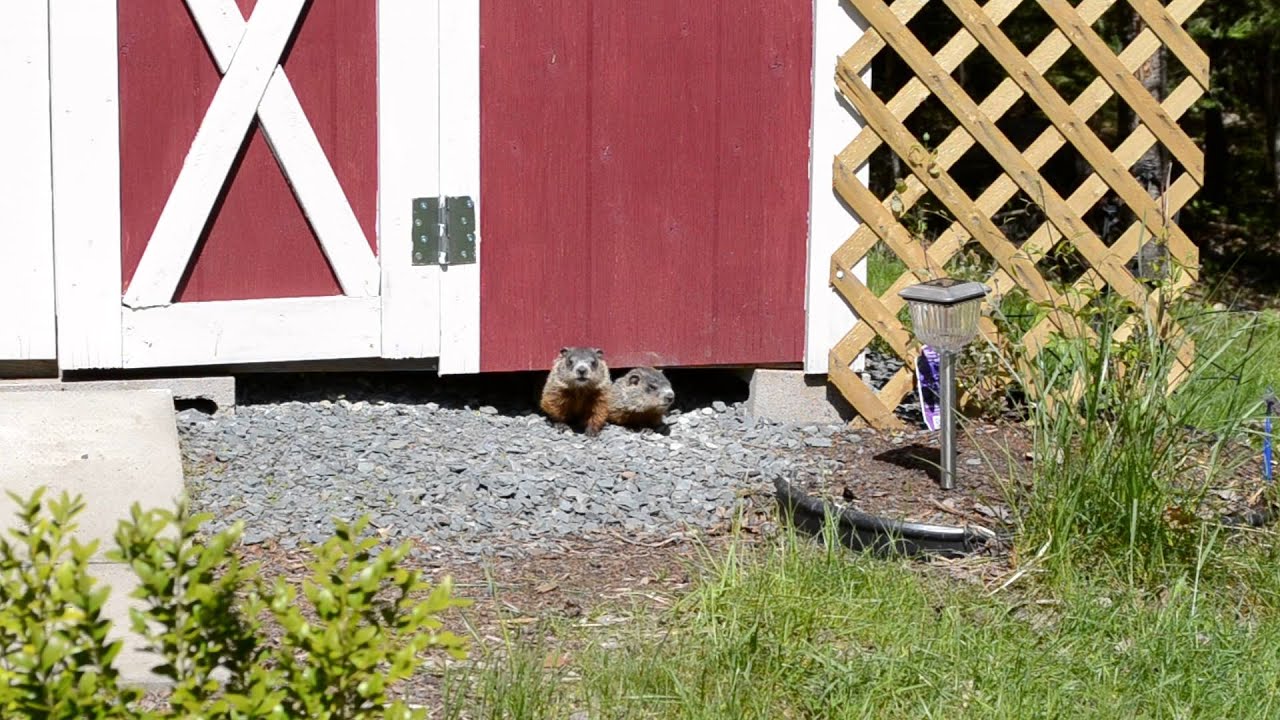
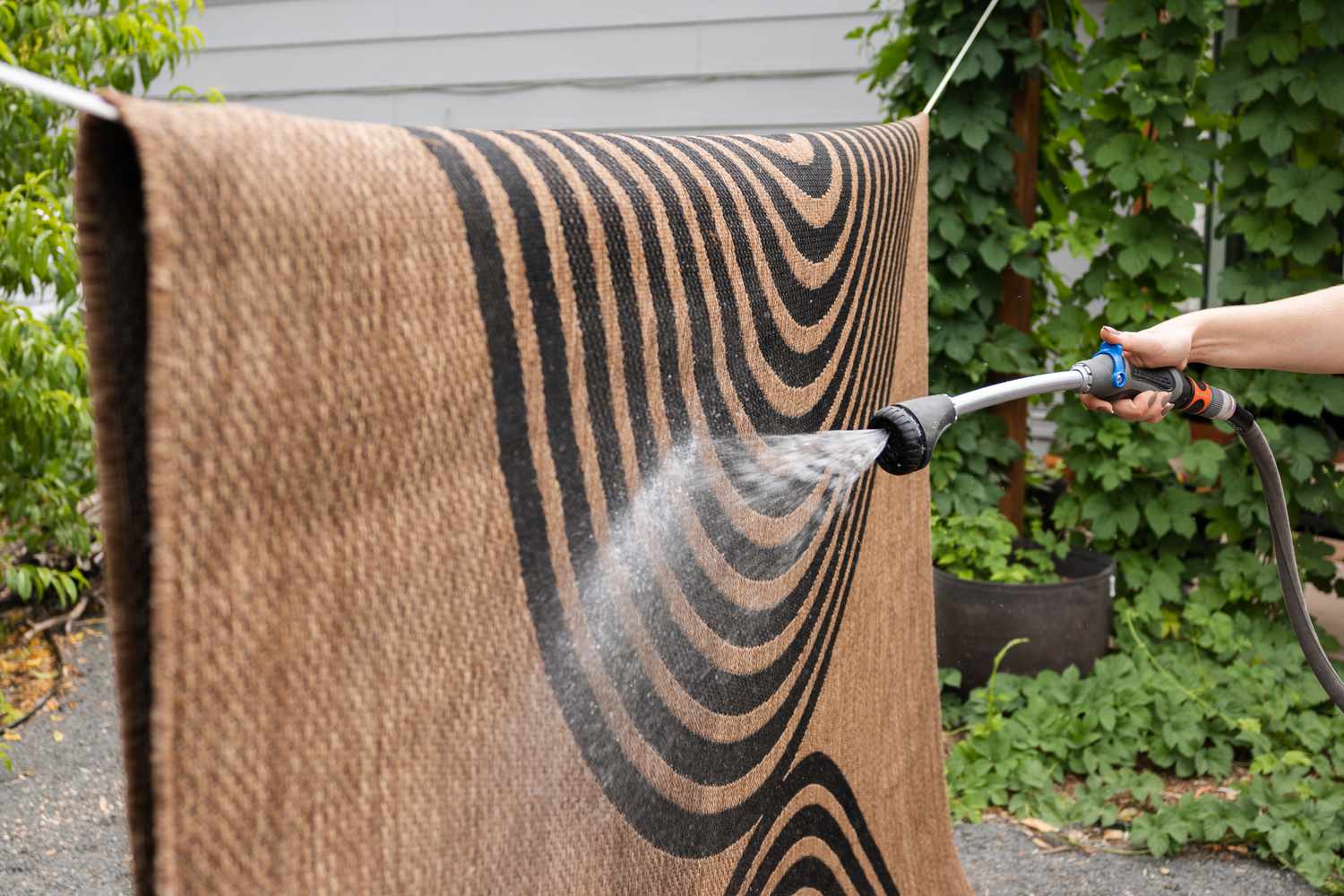

0 thoughts on “How To Prevent Mold In An Outdoor Shed”